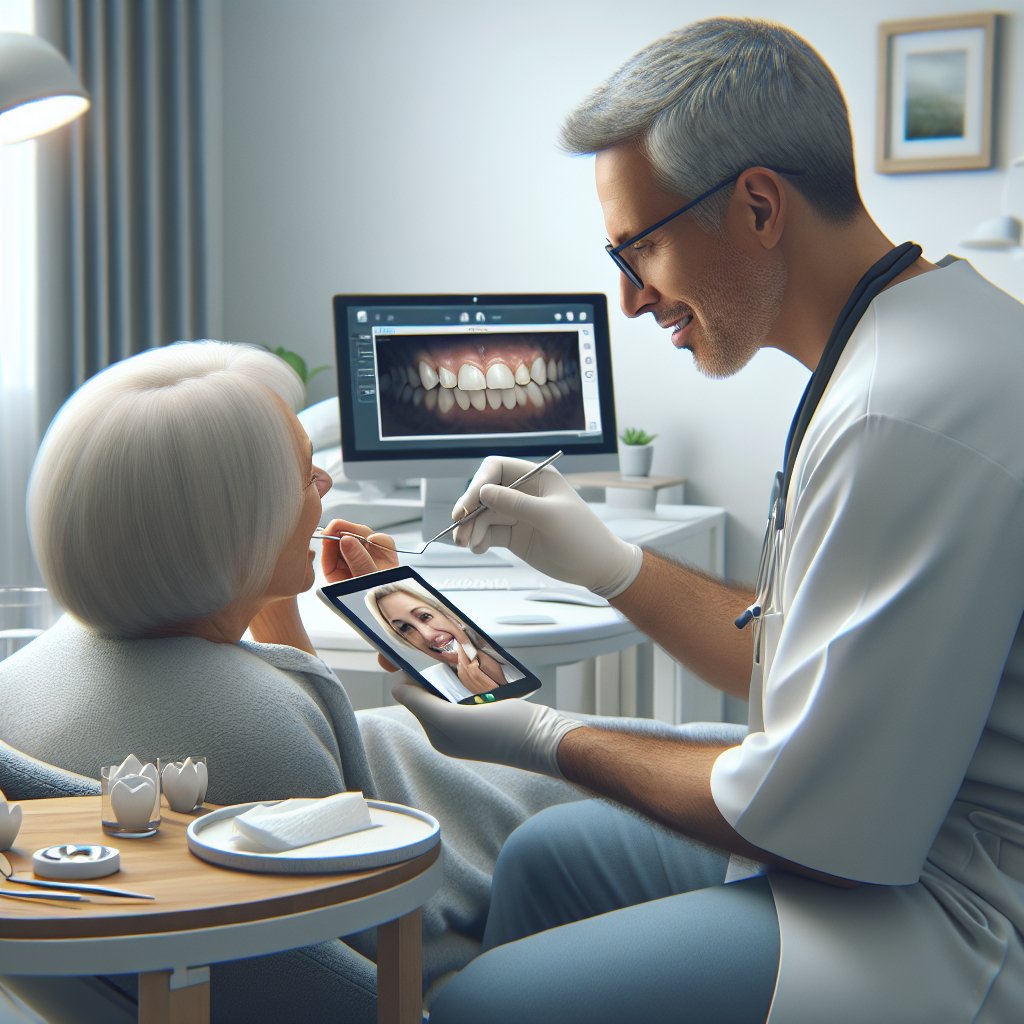The role of telehealth in post-procedure dental care has become increasingly significant in recent years, especially in light of the ongoing advancements in technology and the need for accessible healthcare solutions. Telehealth offers a unique opportunity for dental professionals to monitor their patients’ recovery, provide guidance, and address concerns without the necessity of an in-person visit. This article will explore the various aspects of telehealth in post-procedure dental care, including its benefits, challenges, and future implications.
Understanding Telehealth in Dentistry
Telehealth encompasses a wide range of technologies and services that facilitate remote healthcare delivery. In dentistry, this can include video consultations, phone calls, and even the use of mobile applications to track patient progress. The integration of telehealth into dental practices has transformed the way dental care is delivered, particularly in the context of post-procedure follow-ups.
Types of Telehealth Services in Dental Care
There are several types of telehealth services that can be utilized in post-procedure dental care:
- Video Consultations: Dentists can conduct virtual appointments to assess a patient’s recovery, answer questions, and provide advice on managing pain or discomfort.
- Remote Monitoring: Patients can use mobile apps or devices to report their symptoms, track their healing process, and receive feedback from their dental care team.
- Patient Education: Telehealth can be used to provide educational resources, such as videos or interactive content, to help patients understand their post-procedure care.
- Follow-up Care: Dentists can schedule follow-up appointments via telehealth to ensure that patients are healing properly and to address any complications that may arise.
Benefits of Telehealth in Post-Procedure Dental Care
The implementation of telehealth in post-procedure dental care offers numerous advantages for both patients and dental professionals. These benefits include:
Increased Accessibility
Telehealth breaks down geographical barriers, allowing patients in remote or underserved areas to access dental care without the need for extensive travel. This is particularly beneficial for individuals who may have mobility issues or lack transportation options.
Convenience and Flexibility
Patients can schedule appointments at their convenience, reducing the need to take time off work or arrange childcare. This flexibility can lead to higher patient satisfaction and better adherence to post-procedure care instructions.
Enhanced Communication
Telehealth facilitates ongoing communication between patients and their dental care providers. Patients can easily reach out with questions or concerns, ensuring that they receive timely support during their recovery.
Cost-Effectiveness
By reducing the need for in-person visits, telehealth can lower overall healthcare costs for both patients and providers. This can be particularly advantageous for those without dental insurance or those facing high out-of-pocket expenses.
Challenges of Telehealth in Post-Procedure Dental Care
Technological Barriers
Not all patients have access to the necessary technology or internet connectivity to participate in telehealth services. This digital divide can limit the effectiveness of telehealth for certain populations, particularly the elderly or those in low-income areas.
Regulatory and Legal Issues
The legal landscape surrounding telehealth is still evolving. Dentists must navigate various state and federal regulations regarding telehealth practices, which can complicate the delivery of care. Additionally, issues related to patient privacy and data security must be addressed to protect sensitive health information.
Limitations of Remote Assessments
While telehealth can provide valuable insights into a patient’s recovery, it cannot replace the hands-on examination that occurs during an in-person visit. Certain complications may require physical assessment or intervention that cannot be adequately addressed through telehealth alone.
Future Implications of Telehealth in Dental Care
The future of telehealth in post-procedure dental care looks promising, with ongoing advancements in technology and a growing acceptance of remote healthcare solutions. As dental practices continue to adapt to these changes, several trends are likely to emerge:
Integration of Artificial Intelligence
Artificial intelligence (AI) has the potential to enhance telehealth services by providing real-time analysis of patient data and offering personalized recommendations. AI-driven tools can assist dentists in monitoring patient progress and identifying potential complications early on.
Expansion of Telehealth Services
As telehealth becomes more widely accepted, dental practices may expand their offerings to include a broader range of services, such as teledentistry for preventive care and routine check-ups. This could lead to a more comprehensive approach to dental health management.
Improved Patient Education and Engagement
With the rise of telehealth, there is an opportunity to enhance patient education through interactive platforms and resources. Engaging patients in their care can lead to better outcomes and increased satisfaction with the dental care experience.
Conclusion
The role of telehealth in post-procedure dental care is transforming the landscape of dental practice. By providing increased accessibility, convenience, and enhanced communication, telehealth offers a valuable solution for both patients and dental professionals. However, challenges such as technological barriers and regulatory issues must be addressed to fully realize its potential. As the field continues to evolve, the integration of telehealth into dental care will likely lead to improved patient outcomes and a more efficient healthcare system.




